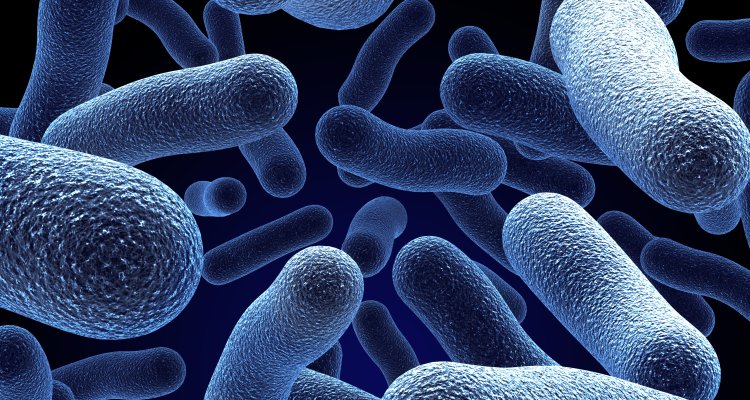
Project
Conjugative transfer of mobile genetic elements in lactic acid bacteria
Bacteria naturally use horizontal gene transfer to acquire new traits from their environment. One example of horizontal gene transfer is conjugation, which is the transfer of genetic material between bacterial cells via direct cell contact. Integrative conjugative elements (ICE) are genetic elements that code for their own propagation within bacterial species. ICEs in general have a very modular composition: (1) a gene cluster coding for their excision and integration in the chromosome, (2) a cluster coding for the conjugation machinery, enabling them to transfer from one bacterial cell to the next and (3) a variable region. This variable region makes them interesting for various applications. There are ICEs that contain antibiotic resistance genes and are capable of spreading rapidly through microbial communities. ICEs may also contain sugar utilization genes, which make them of interest for industrial purposes.
This subject is focused on molecular microbiology.
In this project we use known ICEs to study the dynamics of ICE transfer. Research questions include:
What are the key determining factors in respect to both host range and efficiency during conjugative transfer? Can we influence the transfer rate? What are the key components of ICEs? How is ICE transfer regulated?
During this study a mix of both classical and novel microbiology techniques are used, including: culturing bacteria, plate mating conjugation assay, PCR, QPCR, bioinformatics, restriction modification cloning.